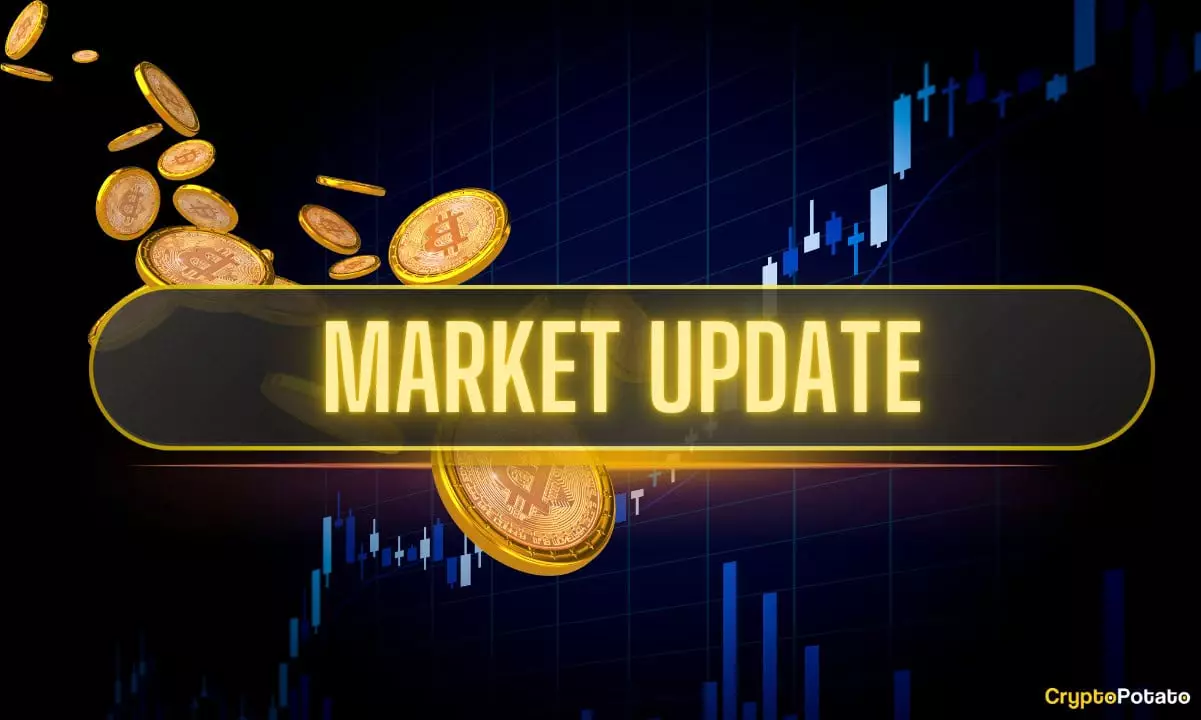The recent surge in Bitcoin and other cryptocurrencies has stunned many observers, giving an illusion of stability in an inherently unpredictable environment. What appears to be a historic breakout masks underlying vulnerabilities and questionable drivers, threatening to destabilize an industry often portrayed as resilient and futuristic. This rally, driven by a handful of institutional players and an environment rife with speculation, invites skepticism rather than celebration. As the market soared to new heights—Bitcoin crossing $118,000 and Ethereum breaking the $3,000 mark—the narrative of a healthy, sustainable trajectory begins to crack under scrutiny. Whose interests are truly served by this rally? And what does it say about the credibility of a market increasingly dominated by hype, fatigue, and external manipulations?
The illusion of market strength is often sustained by technical indicators and media narratives, but reality reveals a more fragile foundation. Retail investors, traditionally the backbone of a vibrant crypto ecosystem, continue to stay on the sidelines, observing passively as large whales and institutional entities carve out gains. The recent rally, while impressive on paper, seems to lack the organic engagement that characterizes genuine market growth. Instead, it appears to be fuelled by speculative triggers, temporary optimism, and strategic pump-and-dump tactics that threaten to undermine long-term confidence.
Questionable Drivers Behind the Recent Surge
Though headlines herald record-breaking prices, the fundamental questions remain unanswered. Is this rally driven by real adoption, technological breakthroughs, or merely short-term funding mechanisms? The surge coincided with geopolitical noise—tariffs, sanctions, and trade tensions—that in theory should have cast pessimism over markets. Yet, cryptocurrencies defied conventional logic, rallying despite global uncertainties. This discrepancy exposes the fragile nature of the so-called “safe haven” narrative often peddled by enthusiasts.
One telling sign is the absence of retail participation. Data shows that even with prices climbing to new highs, everyday investors are absent from the trading volume. Instead, the gains are largely attributed to large whales and institutional players moving significant quantities of assets. Does this pattern reflect genuine belief in cryptocurrencies’ long-term utility, or is it a sophisticated game of market manipulation? The latter seems more plausible: a concentrated force of financial power capitalizing on euphoric sentiment to push prices higher, then potentially retracting at a moment’s notice.
Furthermore, recent on-chain analytics reveal that dormant whale addresses are waking up, gradually moving their holdings. This suggests a strategic repositioning rather than organic market enthusiasm. If retail investors remain passive, it raises alarms about the sustainability of this rally. Without widespread participation, the entire ascent risks becoming a bubble that could burst as swiftly as it inflated—leaving retail users exposed once confidence wanes.
The Fragility of Market Foundations: Manipulation or Genuine Milestones?
Governments’ responses to crypto remain largely inconsistent, with some endorsing innovation and others cracking down. The latest tariffs and geopolitical tensions seem almost like adverse backgrounds to an otherwise bullish scene, yet markets soared. This contradiction hints at a disconnect: traders are betting on hype and momentum rather than fundamentals. Be it BlackRock’s record inflows into Ethereum ETFs or Ripple’s partnership with a venerable US bank, the narratives serve more as marketing than substance.
The recent token burns, episodic hacks, and bounty recoveries underscore the volatility and risk intrinsic to the crypto landscape. These are not signals of a maturing industry but symptoms of an ecosystem still grappling with its identity. The hacker returning stolen funds and companies resolving security breaches reflect the ongoing chaos—a stark contrast to the veneer of stability that markets project. While positive in encouraging resilience, these incidents highlight systemic vulnerabilities that are glossed over amid exuberance.
Moreover, the rally’s superficiality might be reinforced by programmed market manipulations and pump schemes. With the dominance of retail investors waning, the power to influence prices rests with a few institutional giants. This centralization increases the risk of sharp corrections, especially if external shocks or regulatory crackdowns occur unexpectedly. The apparent bull run is, therefore, a precarious house of cards built on speculation rather than sound fundamentals.
The Broader Implications for Investors and Regulators
For those prioritizing stability, fiscal responsibility, and sound economic policy, the current crypto frenzy is troubling. It exemplifies how markets can be led astray by hype rather than substantive utility or technological advancements. Investors should view the recent record highs with skepticism—questioning whether this is a genuine step forward or a cautionary tale in digital asset overvaluation.
From a regulatory standpoint, the ongoing volatility and susceptibility to manipulation call for stronger oversight. Encouraging responsible innovation, rather than unchecked euphoria, should be paramount. Governments and institutions must strike a balance—promoting technological progress without enabling reckless speculation that can undermine financial stability. The involvement of legacy financial entities like BNY Mellon and BlackRock signals a shift toward mainstream acceptance, but also raises concerns about excessive influence and potential monopolization of markets.
Nevertheless, the core issue remains clear: cryptocurrency markets are still young and fragile. Disconnected from authentic economic drivers, their recent spike is more an expression of speculative exuberance than sustainable growth. Investors who fail to critically assess these developments risk being caught in the aftermath of a possible correction driven by internal fragility rather than genuine progress.


Leave a Reply